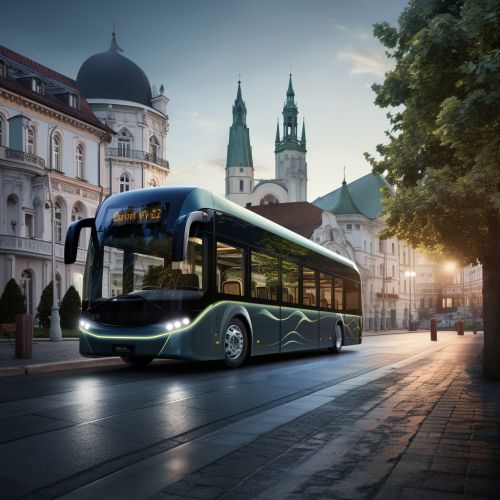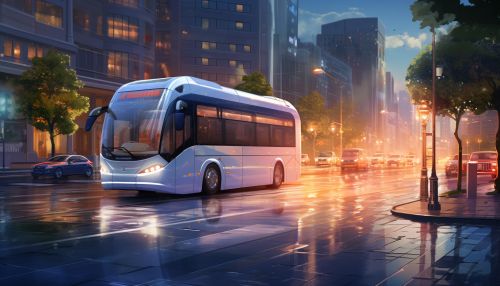Public Transport
Introduction
Public transport, also known as public transit, is a system of transport for passengers by group travel systems available for use by the general public, typically managed on a schedule, operated on established routes, and that charge a posted fee for each trip. It includes various modes of transport such as buses, trams, trains, and ferries, which are used by the public to move from one place to another.
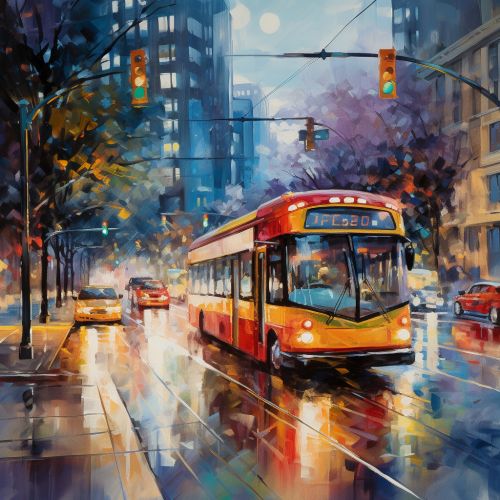
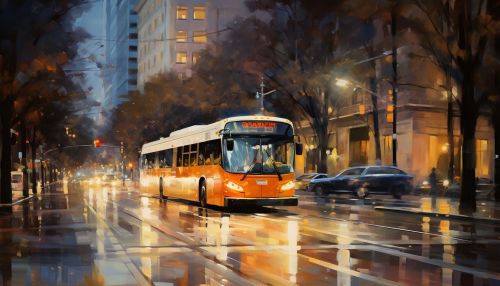
History
The history of public transport begins with the development of ferries. In ancient times, ferries were used to transport people and goods across rivers and bodies of water. The invention of the wheel led to the development of horse-drawn carriages, which were used for public transport in ancient civilizations such as Rome and Greece. The industrial revolution in the 19th century led to the development of steam-powered trains and trams, which revolutionized public transport. The 20th century saw the advent of motorized buses and the widespread use of private automobiles, leading to a decline in the use of public transport. However, in the late 20th and early 21st centuries, there has been a resurgence in the use of public transport due to concerns about environmental sustainability and urban congestion.

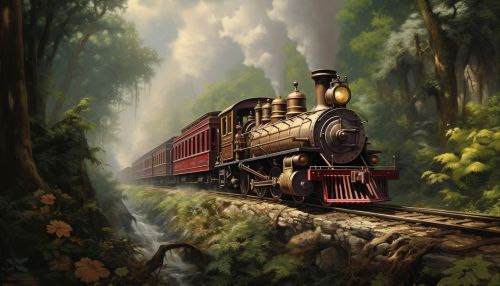
Modes of Public Transport
Buses
Buses are the most common form of public transport. They operate on a system of routes throughout cities and towns, and passengers pay a fare to ride. Buses can be single-deck or double-deck, and some cities also operate articulated buses, which are longer and have a flexible section in the middle.
Trams
Trams, also known as streetcars or trolleys, are a form of public transport that run on tracks embedded in city streets. Trams were once the most common form of urban public transport, but they were largely replaced by buses in the mid-20th century. However, many cities have reintroduced trams in recent years as a more environmentally friendly alternative to buses.
Trains
Trains are a form of public transport that operate on railway tracks. They are used for both short-distance urban transport, in the form of commuter or suburban trains, and for long-distance intercity or interstate travel. Trains can carry large numbers of passengers and are often faster than other forms of transport, but they require a significant amount of infrastructure, including tracks and stations.
Ferries
Ferries are a form of public transport that carry passengers and sometimes vehicles across bodies of water. They are commonly used in cities with large bodies of water, such as Sydney, Istanbul, and New York City.


Benefits of Public Transport
Public transport provides numerous benefits, both to individuals and to society as a whole. These include:
Environmental Sustainability
Public transport is generally more environmentally friendly than private car use. Buses, trams, and trains can carry many more passengers than a car, meaning that they use less energy and produce less pollution per passenger. Public transport can also help to reduce traffic congestion, which can lead to lower levels of air pollution in cities.
Accessibility
Public transport provides a means of travel for people who do not have access to a car, including the elderly, the disabled, and people with low incomes. It can also provide a more affordable alternative to car ownership, which can be expensive due to costs such as fuel, insurance, and maintenance.
Urban Development
Public transport can play a key role in urban development. It can help to shape the growth of cities, by encouraging development around transport hubs such as bus and train stations. It can also contribute to the vitality of city centers, by providing a means for people to travel to work, shopping, and other activities.


Challenges Facing Public Transport
Despite its many benefits, public transport also faces a number of challenges. These include:
Funding
Public transport is often heavily subsidized by governments, as fares typically do not cover the full cost of operation. This can lead to financial challenges, particularly in times of economic downturn.
Infrastructure
The infrastructure required for public transport, such as roads, tracks, and stations, can be expensive to build and maintain. This can be a particular challenge in developing countries, where resources may be limited.
Competition from Private Cars
In many parts of the world, particularly in developed countries, private car use is high and public transport faces stiff competition. This can lead to a decline in public transport use, which can in turn lead to reduced service levels and further declines in use.
Future of Public Transport
The future of public transport is likely to be shaped by a number of trends and developments. These include:
Technological Advances
Technological advances are likely to have a significant impact on public transport. These could include the development of autonomous vehicles, which could be used to provide public transport services, and the use of digital technology to improve ticketing and information systems.
Environmental Concerns
Concerns about climate change and air pollution are likely to lead to increased emphasis on public transport as a more sustainable alternative to car use. This could lead to increased investment in public transport infrastructure and services.
